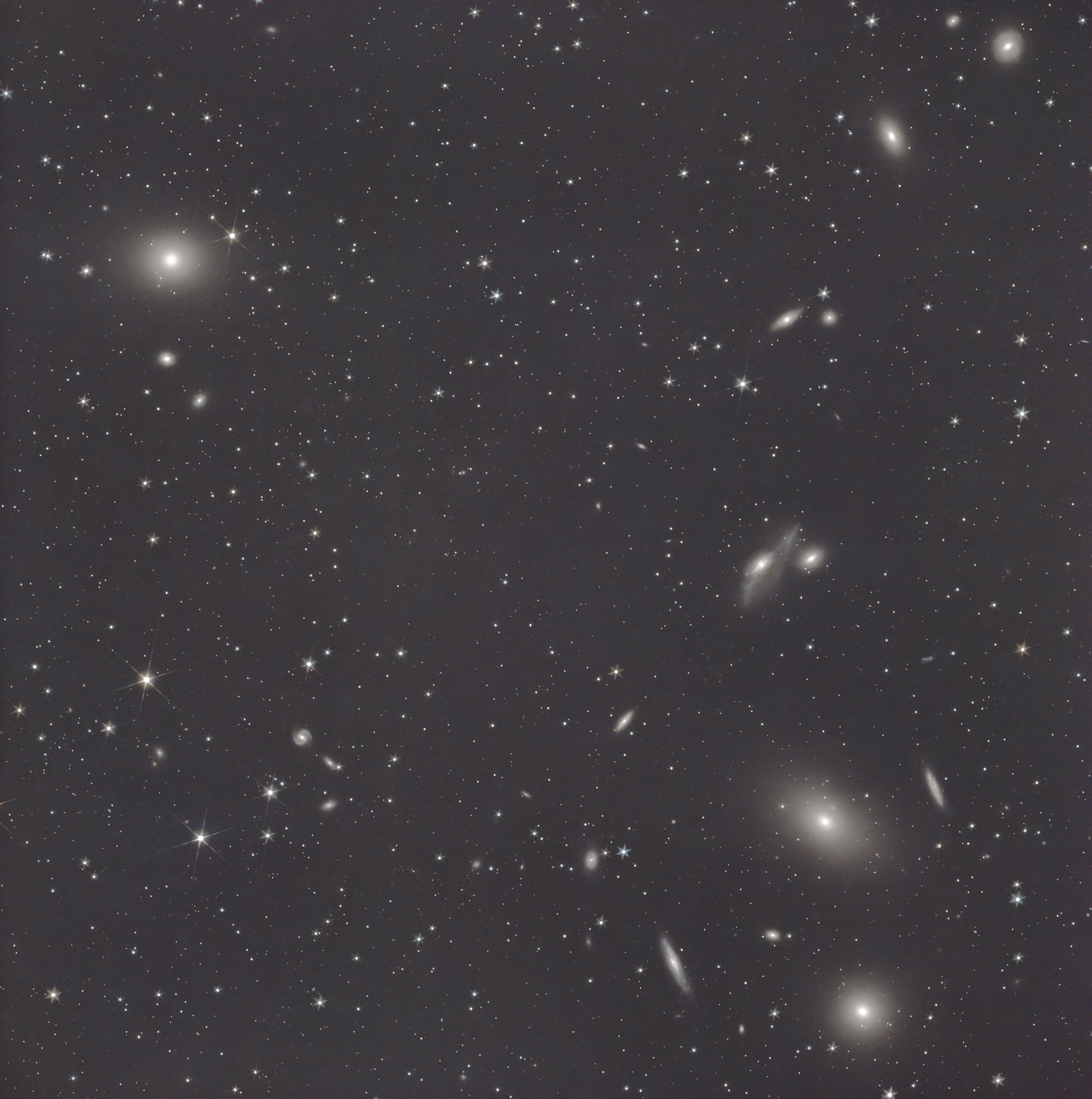One thing I remember about astronomy pics when I was growing up was DIFFRACTION SPIKES!!!
But where did they go? How does it work? I want diffraction spikes!
If you’re like me, you’ve taken a deep dive into astrophotography. At some point, you bought a nice camera lens, or a refractor telescope and went to town. As you learned more, your pictures improved, but you may have noticed that your stars are just dots or circles or blobs! 🙁
Enter diffraction spikes!
After spending lots of time on Astrobin, I started to see more and more pictures with diffraction spikes. They seemed to make the images more attractive, having a classic astronomy feel.
I started to learn that Newtonian Reflector telescopes are the reason for these diffraction spikes in most cases. If your telescope has big mirror in the back with a secondary mirror reflecting the image into your eye piece or into your camera’s sensor, then your stars will have diffraction spikes. This is caused by the struts that hold the secondary mirror in place.
You can simulate this effect by placing a mask on your refractor that has lines in a similar fashion to a newtonian telescope. (see below)


You can have a 4 point, a 6 point, or pretty much any other even-number of diffraction spikes you want.
You also want to make sure you have a perfect and centered fit for your mask onto your telescope otherwise the stars won’t look great up close.
You can get these diffraction masks on astroparts.com for pretty cheap, and they’re perfectly fit, snug, and reliable (and weatherproof)
Check out my image of Markarian’s chain with the 6 point diffraction mask below
